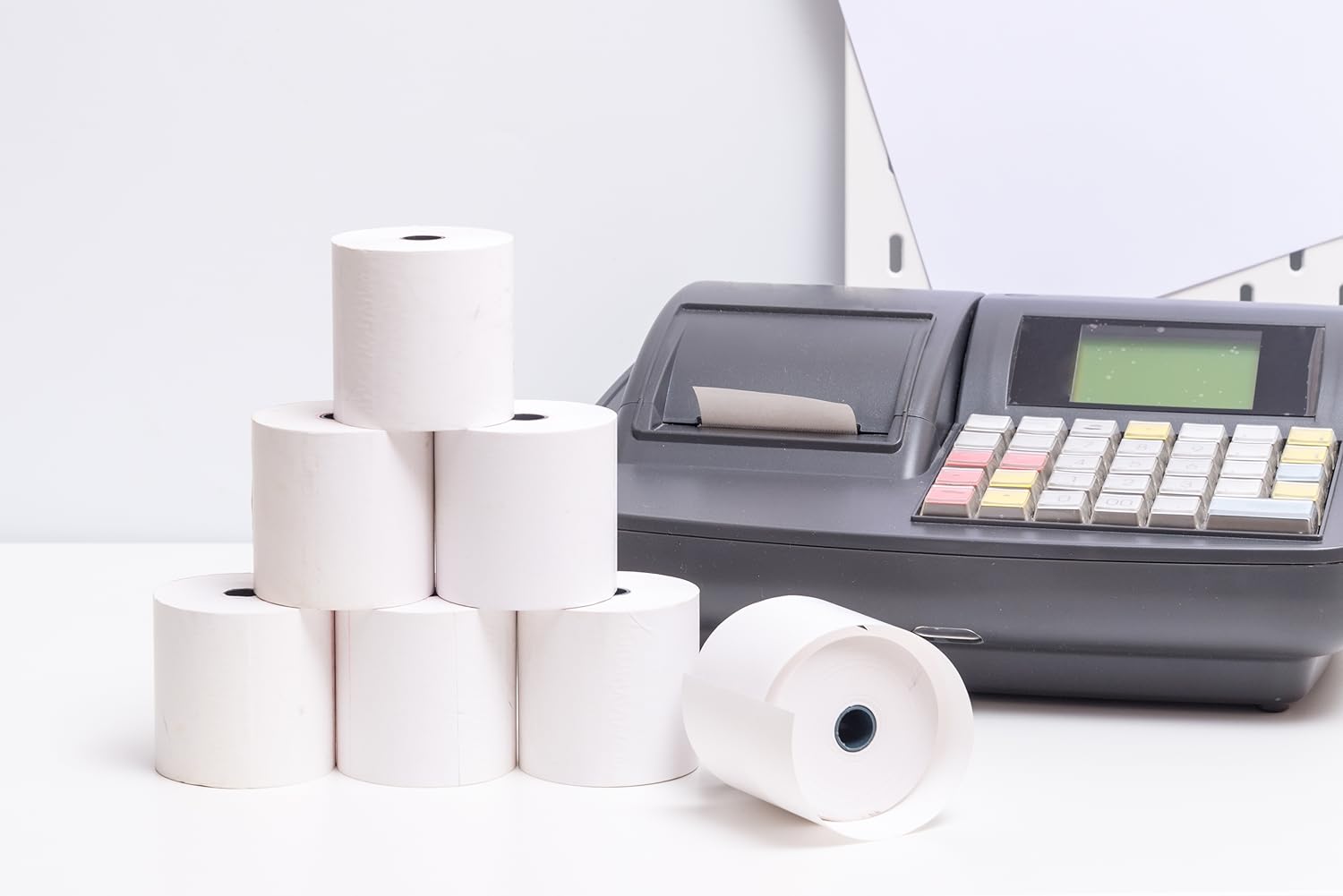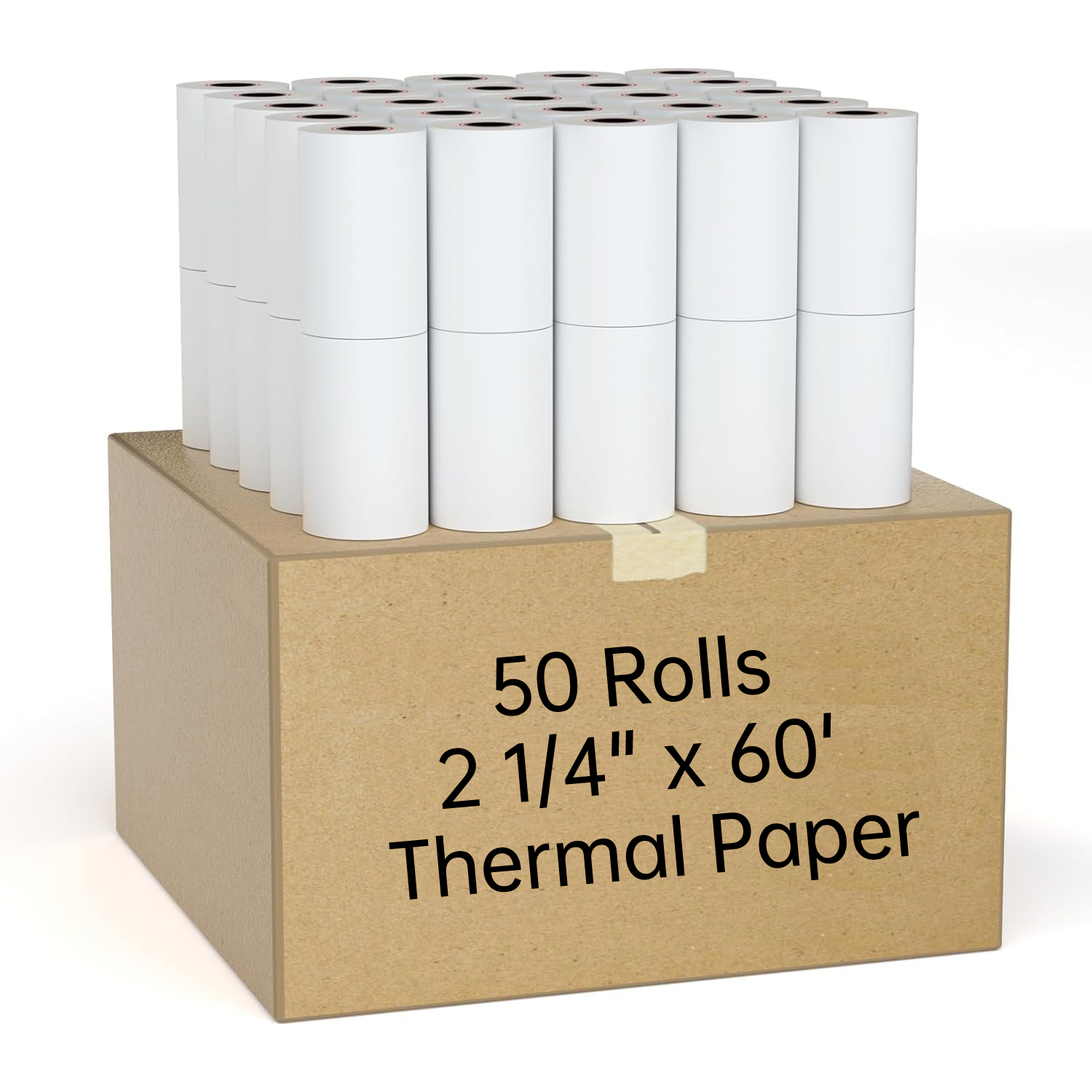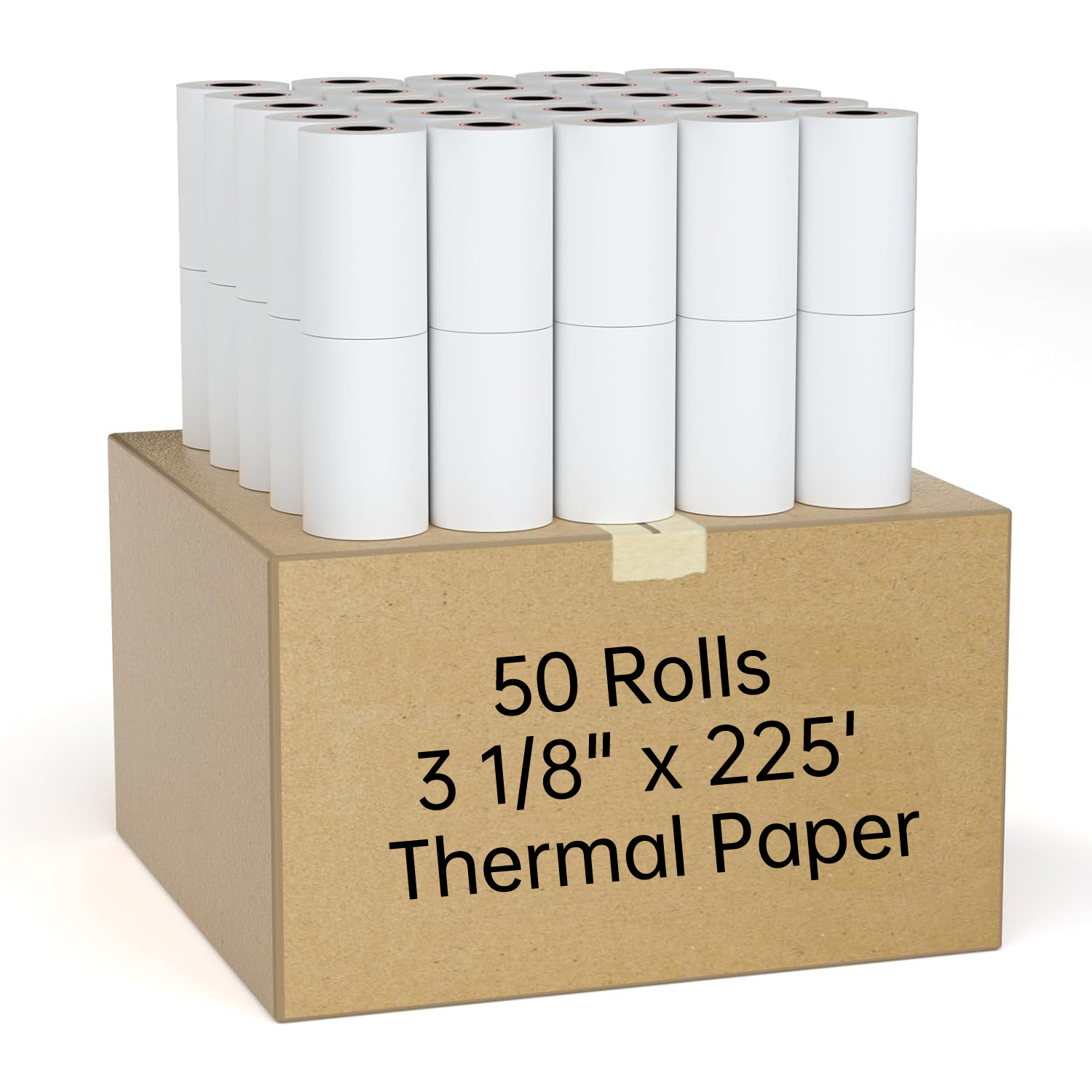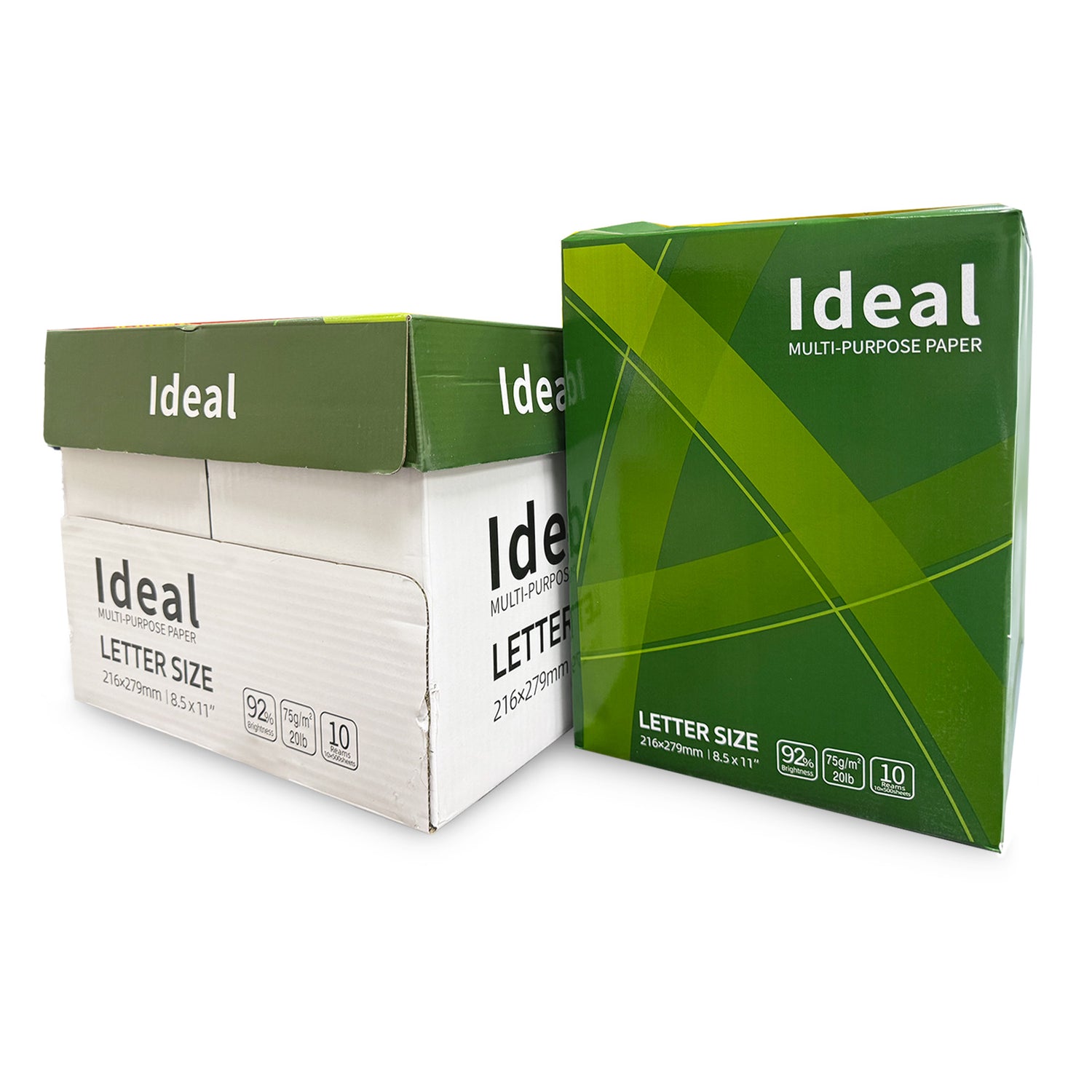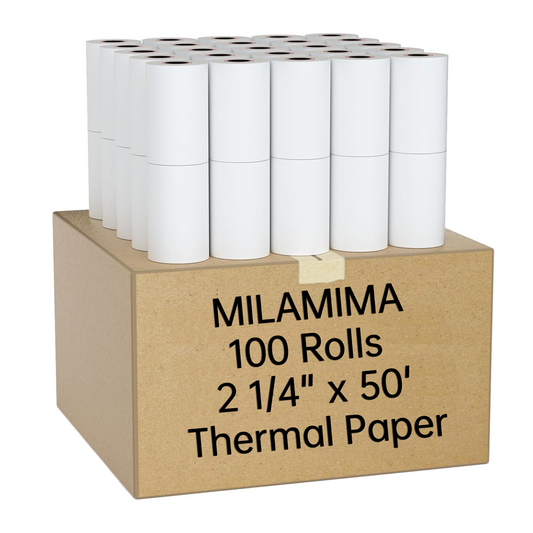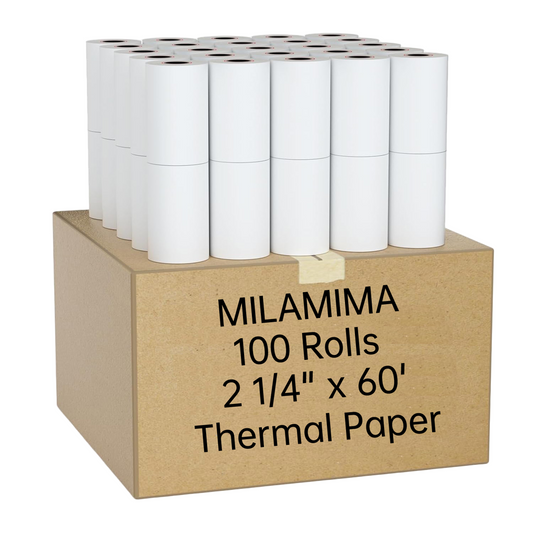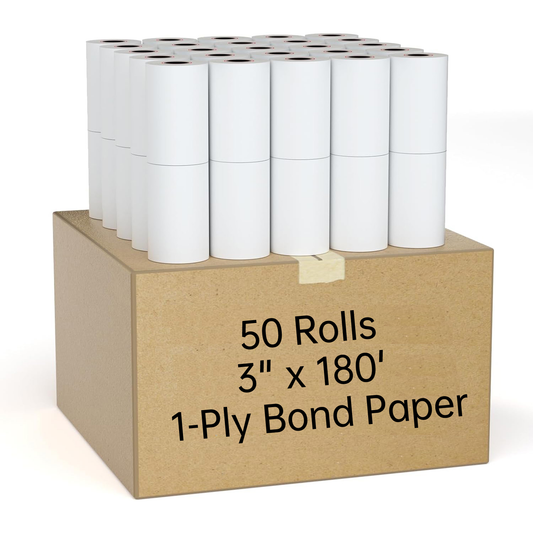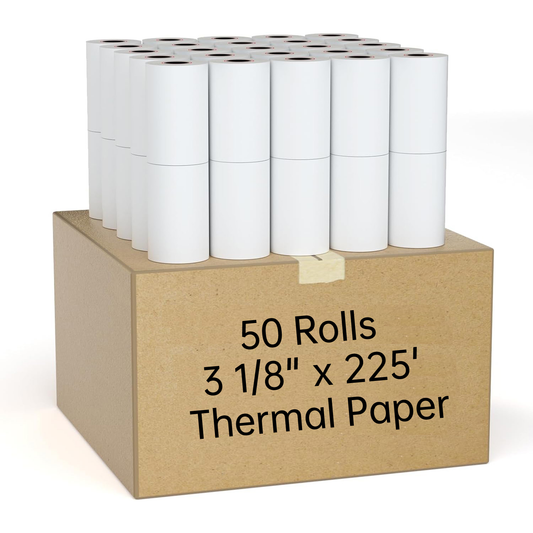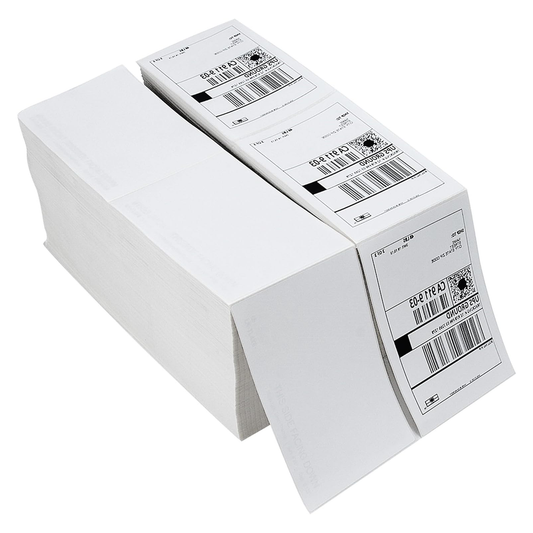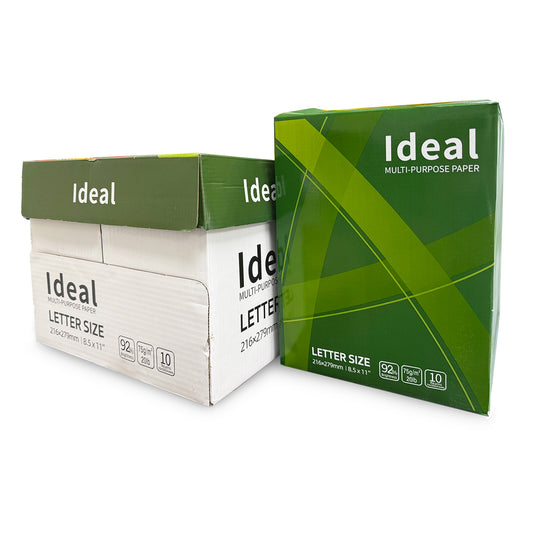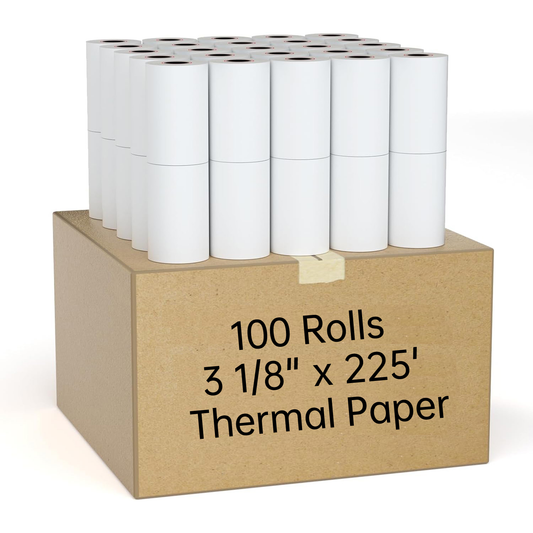Binoculars are indispensable tools for birdwatching, stargazing, hunting, and various outdoor activities. However, understanding their specifications can be perplexing, especially for beginners. One of the most common notations you'll encounter when shopping for binoculars is something like "10x50". But what exactly does this mean?
Breaking Down the Numbers:
-
Magnification (10x):
The first number, in this case, "10x", refers to the magnification power of the binoculars. It indicates how many times closer the object will appear compared to the naked eye. So, in this example, objects will appear 10 times closer than they actually are.
-
Objective Lens Diameter (50):
The second number, "50", denotes the diameter of the objective lenses in millimeters. These are the lenses at the front of the binoculars responsible for gathering light. A larger objective lens diameter means more light can enter the binoculars, resulting in brighter images, especially in low-light conditions.
Understanding the Impact:
- Magnification: Higher magnification allows for detailed observation of distant objects, but it also amplifies hand movements and vibrations, making steady viewing more challenging. It's crucial to strike a balance between magnification and stability, especially for prolonged use.
- Objective Lens Diameter: A larger objective lens diameter provides better low-light performance and produces brighter images. This is particularly advantageous during dawn, dusk, or when observing in shaded areas. However, larger lenses also contribute to heavier and bulkier binoculars.
Choosing the Right Binoculars:
- For General Use: Binoculars with a magnification of 7x to 10x and an objective lens diameter of around 42mm offer a versatile balance between magnification, brightness, and portability. They're suitable for birdwatching, wildlife observation, and sports events.
- Low-Light Conditions: If you anticipate using binoculars in dimly lit environments or for stargazing, consider models with larger objective lenses (50mm or above). They excel in gathering ample light to deliver clear images even in challenging lighting conditions.
- Stability Matters: Regardless of magnification or lens diameter, investing in binoculars with image stabilization or using them with a tripod can significantly enhance the viewing experience, especially for prolonged observations or distant subjects.
Conclusion:
Understanding the numbers associated with binocular specifications is essential for making informed purchasing decisions. While a higher magnification might seem enticing, it's essential to consider factors like stability and low-light performance. By deciphering the meaning behind numbers like "10x50", you can select binoculars that align with your specific needs and preferences, enhancing your outdoor adventures and observations.

